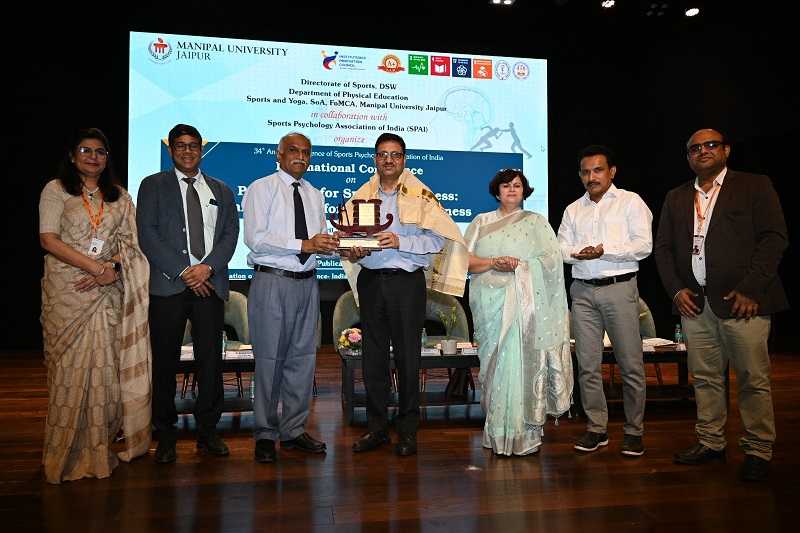Follow Us
Breaking News
- Indian Army Thwarts Pakistan's Attempts To Attack Military Bases, Tensions Escalate Between the Two Nations
- Indian forces repels Pakistan's 8 missiles and drones, intercepted by S-400 defence system
- Blood donation camp organised at Congress Bhawan
- Congress to organise Tiranga Yatra to support armed forces
- India thwarts Pak missile attack on 15 sites; launches drone strikes, neutralises air defence in Lahore
NASA X-ray Telescopes Reveal the “Bones” of a Ghostly Cosmic Hand
Washington, Nov 1, (Fast Mail News):-- In 1895, Wilhelm Röntgen discovered X-rays and used them to image the bones in his wife’s hand, kicking off a revolutionary diagnostic tool for medicine. Now two of NASA’s X-ray space telescopes have combined their imaging powers to unveil the magnetic field “bones” of a remarkable hand-shaped structure in space. Together, these telescopes reveal the behavior of a dead collapsed star that lives on through plumes of particles of energized matter and antimatter.
Around 1,500 years ago, a giant star in our Galaxy ran out of nuclear fuel to burn. When this happened, the star collapsed onto itself and formed an extremely dense object called a neutron star.
Rotating neutron stars with strong magnetic fields, or pulsars, provide laboratories for extreme physics, with conditions that cannot be replicated on Earth. Young pulsars can create jets of matter and antimatter moving away from the poles of the pulsar, along with an intense wind, forming a “pulsar wind nebula”.
In 2001, NASA’s Chandra X-ray Observatory first observed the pulsar PSR B1509-58 and revealed that its pulsar wind nebula (referred to as MSH 15-52) resembles a human hand. The pulsar is located at the base of the “palm” of the nebula. MSH 15-52 is located 16,000 light-years from Earth.
Now, NASA’s newest X-ray telescope, the Imaging X-ray Polarimetry Explorer (IXPE), has observed MSH 15-52 for about 17 days, the longest it has looked at any single object since it launched in December 2021.
“The IXPE data gives us the first map of the magnetic field in the ‘hand’,” said ?Roger Romani of Stanford University in California, who led the study. “The charged particles producing the X-rays travel along the magnetic field, determining the basic shape of the nebula, like the bones do in a person’s hand.”
IXPE provides information about the electric field orientation of X-rays, determined by the magnetic field of the X-ray source. This is called X-ray polarization. In large regions of MSH 15-52 the amount of polarization is remarkably high, reaching the maximum level expected from theoretical work. To achieve that strength, the magnetic field must be very straight and uniform, meaning there is little turbulence in those regions of the pulsar wind nebula.
“We’re all familiar with X-rays as a diagnostic medical tool for humans,” said co-author Josephine Wong, also of Stanford. “Here we’re using X-rays in a different way, but they are again revealing information that is otherwise hidden from us.”
One particularly interesting feature of MSH 15-52 is a bright X-ray jet directed from the pulsar to the “wrist” at the bottom of the image. The new IXPE data reveal that the polarization at the start of the jet is low, likely because this is a turbulent region with complex, tangled magnetic fields associated with the generation of high-energy particles. By the end of the jet the magnetic field lines appear to straighten and become much more uniform, causing the polarization to become much larger.
These results imply that particles are given an energy boost in complex turbulent regions near the pulsar at the base of the palm, and flow to areas where the magnetic field is uniform along the wrist, fingers and thumb.
“We’ve uncovered the life history of super energetic matter and antimatter particles around the pulsar,” said co-author ?Niccolò Di Lalla, also of Stanford. “This teaches us about how pulsars can act as particle accelerators.”
IXPE has also detected similar magnetic fields for the Vela and Crab pulsar wind nebulae, which implies that they may be surprisingly common in these objects.
IXPE is a collaboration between NASA and the Italian Space Agency with partners and science collaborators in 12 countries. IXPE is led by Marshall. Ball Aerospace, headquartered in Broomfield, Colorado, manages spacecraft operations together with the University of Colorado’s Laboratory for Atmospheric and Space Physics in Boulder.
NASA’s Marshall Space Flight Center manages the Chandra program. The Smithsonian Astrophysical Observatory’s Chandra X-ray Center controls science operations from Cambridge, Massachusetts, and flight operations from Burlington, Massachusetts.
Related Science & Tech News
NASA Astronaut Don Pettit, Crewmates Complete Space Station Expedition
NASA astronaut Don Pettit returned to Earth Saturday, accompanied by Roscosmos cosmonauts Alexey Ovchinin and Ivan Vagner, concluding a seven-month science mission aboard the International Space Station.
The trio departed the space station at 5:57 p.m. EDT aboard the Soyuz MS-26 spacecraft bef....
NASA, SpaceX launch resupply mission to space station
LOS ANGELES:NASA and SpaceX launched a new commercial resupply services mission to the International Space Station (ISS)on Monday.
A SpaceX Dragon spacecraft lifted off at 4:15 a.m. Eastern Time from NASA's Kennedy Space Center in the southeastern U.S. state of Florida.
It is scheduled to auto....
NASA Astronauts Back on Earth After 9 Months In Space
(Fast Mail):-- Finally,NASA’s SpaceX Crew-9 completed the agency’s ninth commercial crew rotation mission to the International Space Station on Tuesday, splashing down safely in a SpaceX Dragon spacecraft off the coast of Tallahassee, Florida, in the Gulf of America.
NASA astronaut....
Stranded NASA astronauts to return home on Tuesday
NASA astronauts Suni Williams and Butch Wilmore, who have been stranded at the International Space Station (ISS) since last June, are scheduled to return to Earth aboard SpaceX's Dragon spacecraft on Tuesday, according to NASA.
Their fellow Crew-9 astronauts, NASA astronaut Nick Hague and Rosc....
SpaceX Crew-10 Reaches International Space Station, Sunita Williams Expresses Joy with Hugs
NASA and SpaceX’s Crew-10 mission has successfully reached the International Space Station (ISS). The astronauts of the Crew-10 mission arrived at the ISS aboard the Dragon spacecraft, launched via the Falcon 9 rocket. After successful docking and the opening of the hatch, the astronauts met S....
Top News
-
.jpg)
Indian Army Thwarts Pakistan's Attempts To Attack Military Bases, Tensions Escalate Between the Two Nations -
Indian forces repels Pakistan's 8 missiles and drones, intercepted by S-400 defence system -

India thwarts Pak missile attack on 15 sites; launches drone strikes, neutralises air defence in Lahore -

PM Modi Chairs High-Level Meeting with Secretaries of Government of India -
.jpg)
At least 100 terrorists killed as India airstrikes Pakistan under 'Operation Sindoor', Rajnath tells all-party meet -

India Destroys Pakistan’s Air Defense System in Lahore Using Israeli Drones -

Pakistan's Lahore rocked by serial blasts, eyewitnesses claim missile attack, airport shut down -
.jpg)
India’s Airstrike Causes Devastation in Pakistan:90 Terrorists Killed, Several Terror Camps Destroyed -

India Airstrikes Terror Camps in Pakistan Occupied Kashmir Under 'Operation Sindoor',Destroyed 9 Terrorist Hideouts -

BJP’s Anti-Women Mindset Exposed by Women Themselves: Akhilesh Yadav -
.jpg)
Kharge claims ‘intel report’ was sent to PM Modi 3 days before Pahalgam attack -
 (1).jpg)
PCC chief calls for protection to Indian constitution -
.jpg)
Pahalgam Attack: India Halts Chenab River Water Flow from Baglihar Dam -
.jpg)
Pakistani Ambassador Threatens India, Says Nuclear Weapons Will Be Used if Attacked -
.jpg)
Pahalgam attack: US Secretary of State Rubio spoke to Foreign Minister Jaishankar and Pakistan Prime Minister
Fast Mail Spotlight


© 2025 Fast Mail Media Pvt Ltd. All Rights Reserved.
Powered by : FM Media Pvt Ltd.
Developed by : Futuradept Tech



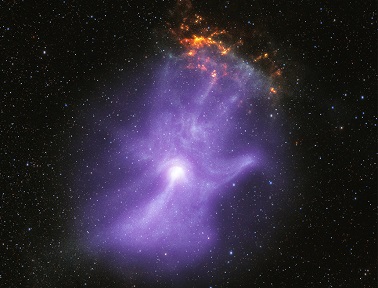
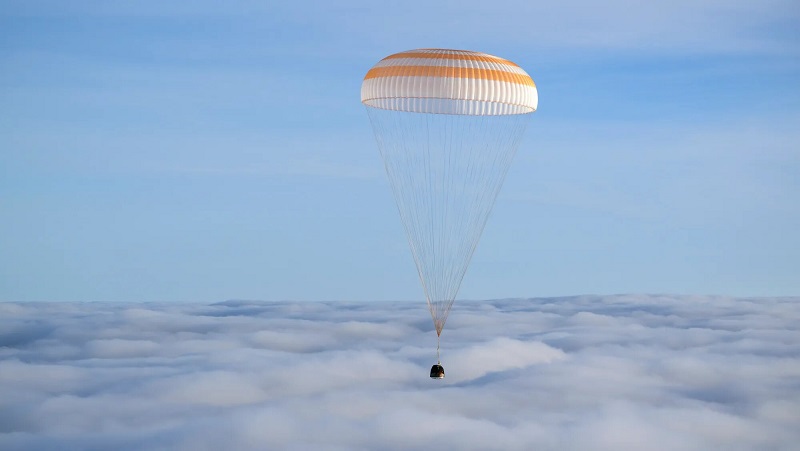
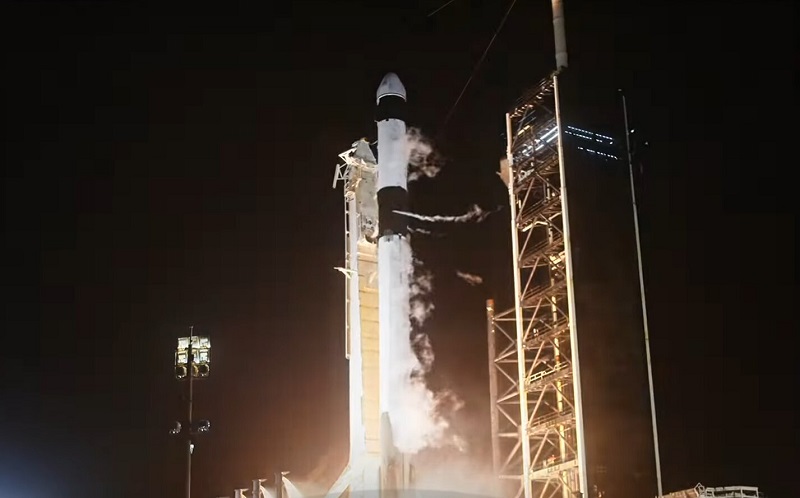
.jpg)
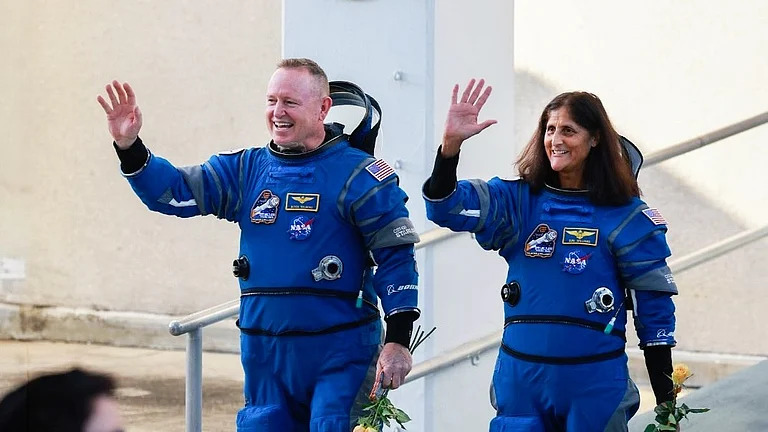
.jpg)

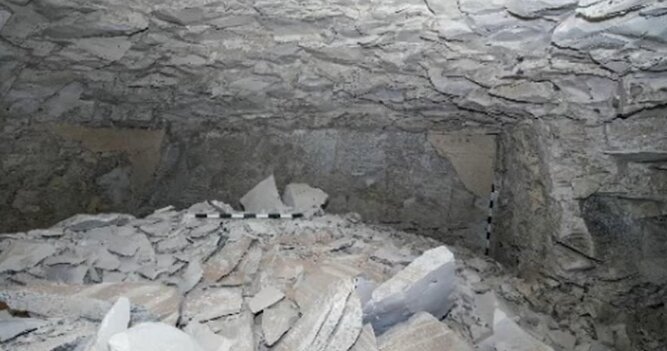










.jpg)



.jpg)


.jpg)


.jpg)

